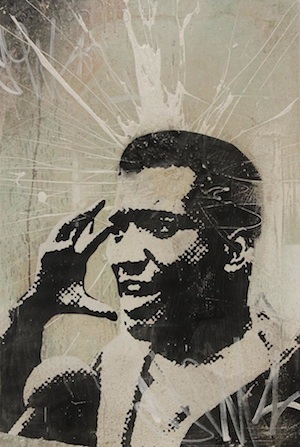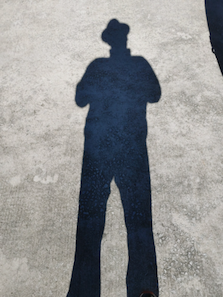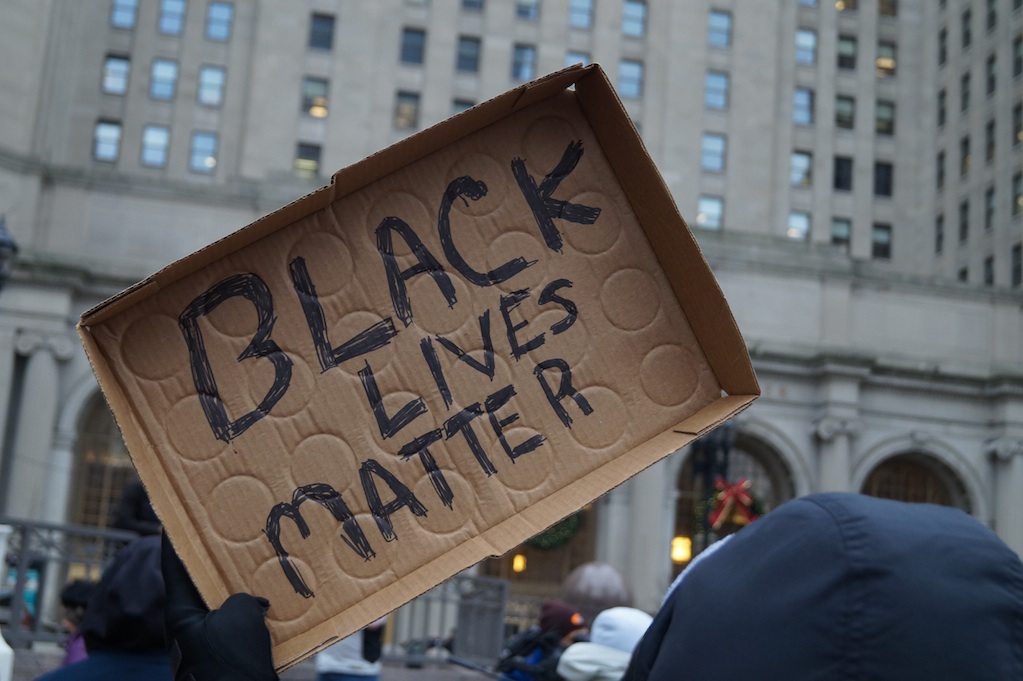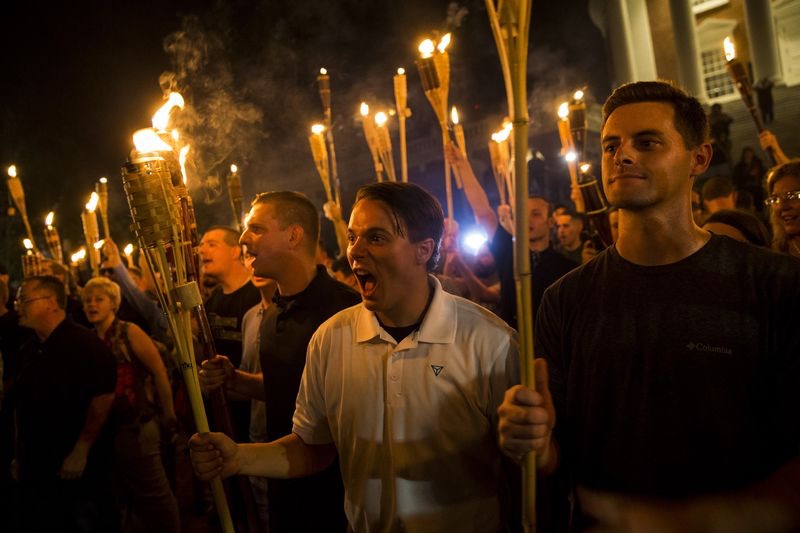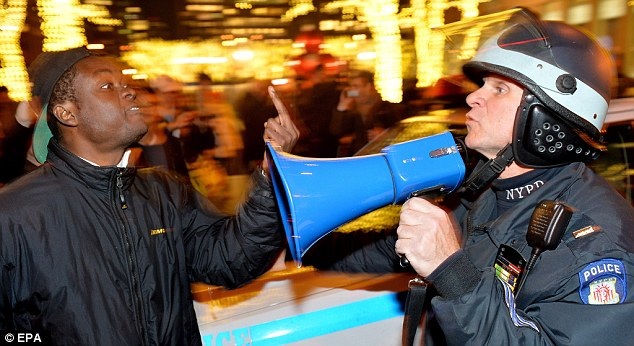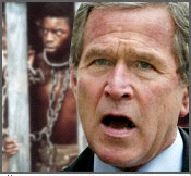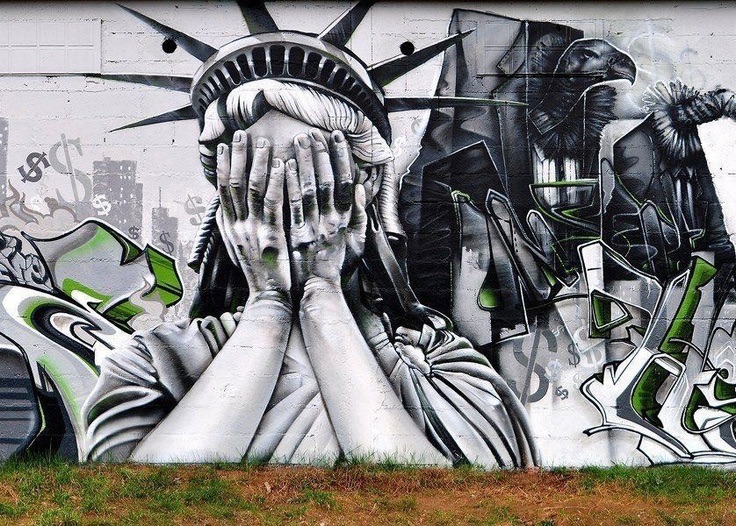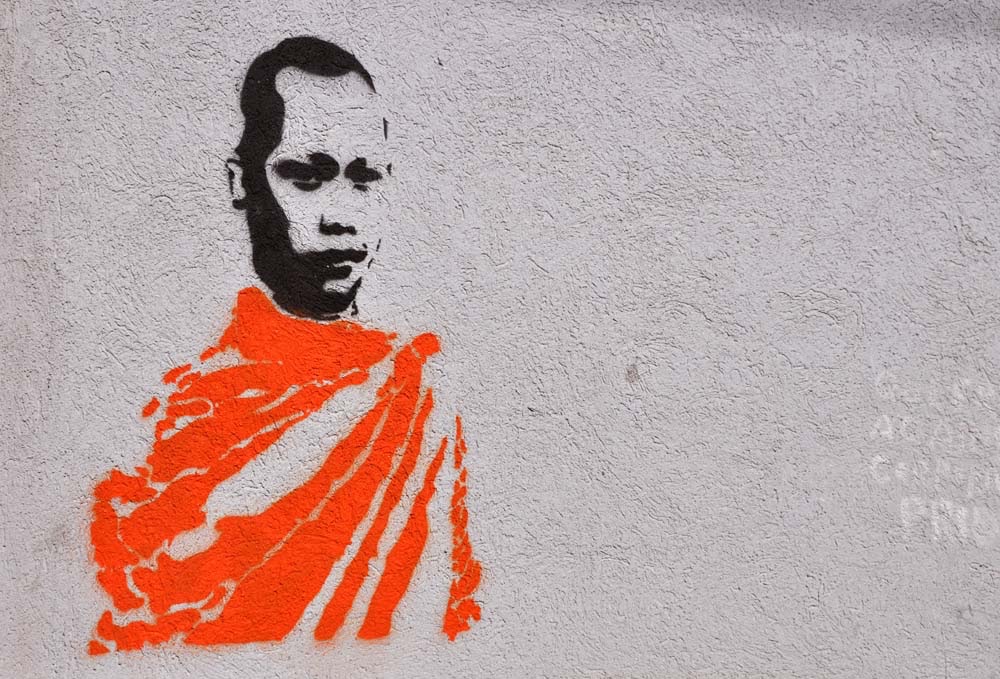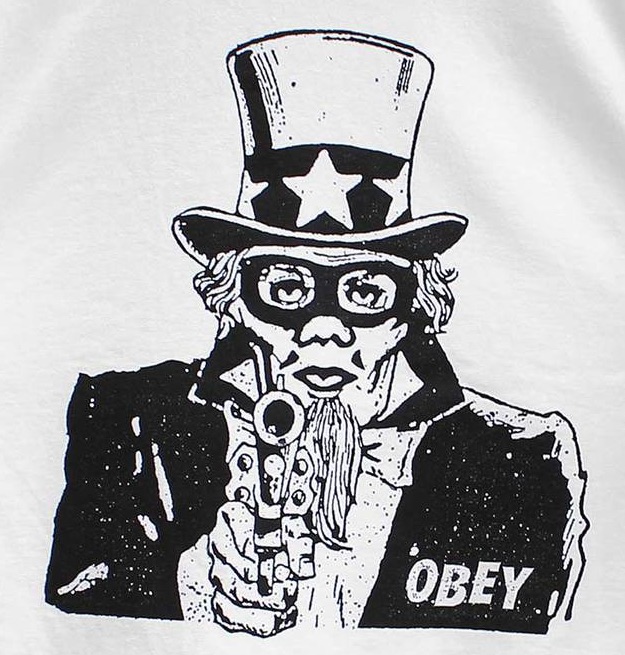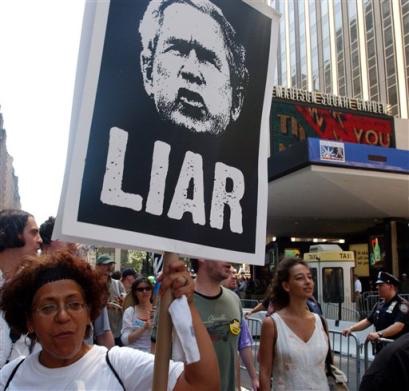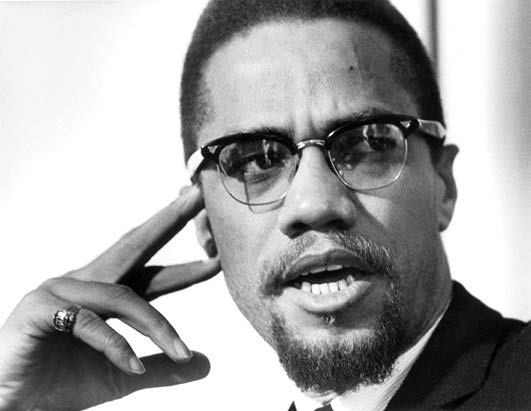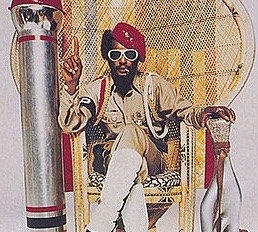U.S. Probing Alleged Abuse of Afghans
/- Originally published in the LA Times September 21, 2004 [here
 ]
]
Inquiry focuses on an 18-year-old soldier who died while in American custody. He and seven other prisoners were tortured, witnesses say.
By Craig Pyes and Mark Mazzetti
GARDEZ, Afghanistan -- American military investigators have opened a criminal probe into allegations of murder and torture involving an 18-year-old Afghan army recruit who died while in U.S. custody last year. The new inquiry, which will also focus on the alleged torture of seven other Afghan soldiers, was confirmed Monday by the U.S. Army Criminal Investigation Command.
The previously undisclosed death occurred in March 2003 after the eight soldiers were arrested at a remote firebase operated here by the U.S. Army Special Forces, according to witnesses and an Afghan military investigation.
Motivation for those arrests remains cloaked in Afghan political intrigue. The action was requested by a provincial governor feuding with local military commanders, an Afghan intelligence report says.
In the end, none of the eight men was charged with a crime or linked to anti-government conduct.
The dead soldier, identified as Jamal Naseer, a member of the Afghan Army III Corps, was severely beaten over a span of at least two weeks, according to a report prepared for the Afghan attorney general. A witness described his battered corpse as being "green and black" with bruises.
Alleged American mistreatment of the detainees included repeated beatings, immersion in cold water, electric shocks, being hung upside down and toenails being torn off, according to Afghan investigators and an internal memorandum prepared by a United Nations delegation that interviewed the surviving soldiers.
Some of the Afghan soldiers were beaten to the point that they could not walk or sit, Afghan doctors and other witnesses said.
Afghan military prosecutors looking into the incident privately recommended more than a year ago that the Afghan attorney general's office pursue a murder case against unnamed American soldiers at the Gardez firebase. No action on the recommendation was taken, but the prosecutors say the case is still open.
The prosecutors' confidential 117-page investigative report recently was reviewed by a Washington-based nonprofit educational organization, the Crimes of War Project, and the information was provided to The Times. The U.S. Army Criminal Investigation Command, or CID, stymied in an earlier attempt to investigate the incident, launched its probe over the weekend in response to questions by The Times about the Afghan report.
The eight-man Afghan army unit was taken prisoner as part of a campaign by U.S. forces and the local governor to bring Paktia province in southeastern Afghanistan under the control of the central government, Afghan and U.N. officials said. American forces suspected that some Afghan commanders were selling weapons to anti-government forces, they said.
After Naseer's death, the seven other troops were transferred to Afghan police custody and released without charges. None was linked to Al Qaeda or the forces of the ousted Taliban regime.
Former Atty. Gen. for the Armed Forces Yar Mohammed Tamkin, who directed the Afghan investigation, concluded in the report that there was a "strong possibility" that Jamal Naseer was "murdered as the result of torture" at the hands of his American captors.
He added that under Afghan law, "it is necessary for our legal system to investigate the torture of the seven individuals and the murder of Jamal, son of Ghazi, and other similar acts committed by foreign nationals."
One witness account provided to Tamkin's investigators came from Naseer's brother, an Afghan army commander also among those detained at Gardez. He told investigators in a statement that soon after Naseer died, two "high-ranking" U.S. soldiers squabbled near the body.
One American, he said, grabbed the other by the collar, scolded him for torturing the youth and said he "should have been shot with a bullet," according to the report.
None of the suspected Americans was identified in the Afghan military's investigation.
The 20th Special Forces Group was in charge of the Special Forces mission throughout Afghanistan at the time of the Gardez incident. It is a National Guard group based in Birmingham, Ala., that also draws soldiers from units in Florida and Mississippi. Officials said it was customarily assigned to Latin American operations.
The 20th group was replaced countrywide on March 15, 2003, by the 3rd Special Forces Group from Ft. Bragg, N.C., U.S. officials said.
'The Gardez 7'
In Washington, Pentagon officials said they could find no reports passed up the chain of command as required when a death occurs in U.S. custody, raising questions about possible efforts by American troops in Afghanistan to cover up the incident.
Earlier this year, the CID received a tip about the incident from an Afghan prison official but said it was unable to investigate the matter because of a lack of information.
The case of the "Gardez 7," as CID officials dubbed it, was filed away as unfounded because investigators had no records, victims' names or witnesses, said Christopher E. Coffey, an Army detective based at Bagram air base in Afghanistan.
Access to the Afghan military report on the death of Naseer was obtained during an independent investigation of prisoner abuse allegations by the Crimes of War Project.
The group was established in 1999 to provide information that could "lead to greater pressure to prevent [war crimes] and to punish those who commit them." It is described on its website as "a collaboration of journalists, lawyers and scholars dedicated to raising public awareness of the laws of war."
Coffey said that with the new information, the CID would pursue charges of murder and of abuse of a person in U.S. custody.
"We're trying to figure out who was running the base," Coffey said. "We don't know what unit was there. There are no records. The reporting system is broke across the board. Units are transferred in and out. There are no SOPs [standard operating procedures] ... and each unit acts differently."
Remote bases such as Gardez are usually operated by Special Forces and intelligence agencies and report to special operations commanders. Even representatives of the International Committee of the Red Cross are not allowed to visit such bases.
"Gardez is the worst facility -- it is three or four times as bad as any other base in Afghanistan," said Coffey, whose CID group has been assigned to Afghanistan since April 2003.
Disclosures this year of U.S. military abuse of detainees at Iraq's Abu Ghraib prison damaged America's image around the world, prompting a series of high-level military reviews by the Pentagon.
A report last month by former Defense Secretary James R. Schlesinger found that prisoner abuse by interrogators in Iraq could be traced, in part, to the use of unauthorized techniques that had previously been applied in Afghanistan.
In July, an investigation of detainee operations in Iraq and Afghanistan by the Army's inspector general, Lt. Gen. Paul T. Mikolashek, disclosed 94 cases of alleged abuse, including 39 deaths in U.S. custody -- 20 of them suspected homicides. The report said the inspector general had found "no incidents of abuse that had not been reported through command channels."
No Documentation
But Naseer's death was not among those counted. The absence of documentation appears to undermine findings that all abuse incidents were properly reported through the chain of command.
Witness accounts provided to Afghan military investigators suggest the possibility that U.S. military officials at Gardez tried to distance themselves from the incident almost immediately after the death. All seven survivors and Naseer's bruised corpse were turned over to local police later the same day, after American officers sought assistance from the governor and local security officials, according to the Afghan military report and interviews.
The Afghan soldiers were transferred to police custody on the governor's orders -- with no arrest warrants, no criminal charges filed and no documentation of Naseer's death, Police Chief Abdullah Mujahid acknowledged in a letter to the provincial governor.
The letter was included among evidence in the Afghan military investigation.
At the time, the Gardez police chief told officials of the United Nations Assistance Mission in Afghanistan, or UNAMA, that he was keeping the prisoners in custody only at the request of U.S.-led coalition forces.
An American Special Forces commander also had threatened to kill the chief if he released any coalition prisoners, said a UNAMA official who witnessed the warning.
Gardez police held the men for a month and a half with as many as 13 other inmates in a "secret detention room" built for five prisoners, according to the attorney general's report. While in police custody, the prisoners were treated by local doctors. They told UNAMA that they had received no medical attention during their 17-day detention at the Special Forces base.
At the jail, the men were still wearing the soiled clothes they had on when they were taken into custody, Afghan doctors and other independent witnesses said, and their wounds were not bandaged or treated. Eventually, the men were transferred to a prison near Kabul, but only after their injuries "showed signs of improvement," the military report said.
Their arrival at the Kabul prison without arrest warrants or criminal charges prompted the Afghan government investigation.
The following account is based on evidence and information developed in that investigation, as well as the inquiries conducted by UNAMA and the Crimes of War Project. It was culled primarily from documents and testimony in the Afghan report, the UNAMA internal memorandum and interviews with witnesses and sources familiar with people and events surrounding the death of Naseer.
Local Intrigue
On the morning of March 1, 2003, a group of eight Afghan soldiers manned a frozen military checkpoint at the Sato Kandaw Pass in southeastern Afghanistan's Paktia province, a strategic outpost on the trade route to Pakistan. It was also a crossroads for political rivalries.
U.S. Ambassador Zalmay Khalilzad, then the special presidential envoy to Afghanistan, had months earlier declared Paktia one of the three most troubled regions in the country in terms of warlord violence. Local intelligence agents also reported suspicions that some military units allied with interim President Hamid Karzai's central government were selling arms to Taliban elements.
Provincial Gov. Raz Mohammed Dalili, a Karzai ally, was being challenged for regional power by tribal warlord Bacha Khan. Local military and police commanders loyal to the central government also opposed Khan but feuded as well with the governor and among themselves.
One way feuding Afghan factions settle old scores or seek fresh advantage is by reporting their enemies to the Americans as Al Qaeda or Taliban members, an Afghan legal expert said.
"It doesn't matter if you're a criminal or not," said Lal Gul, chairman of the Afghan Commission for Human Rights. "People can say what they want against you. The Special Forces, if they want to arrest you, will just take you away.... They can't distinguish between real and false suspects."
One of the governor's projects at the time was to clear the roads of illegal checkpoints run by provincial army commanders.
Dalili said in a recent interview that the Karzai government and the U.S. Embassy had asked him to work closely with American Special Forces in the region. In Kabul, Dalili was considered too weak to take on local commanders alone. The governor said he asked "Mike" -- the nom de guerre of the Special Forces commander at Gardez -- to move against the Sato Kandaw checkpoint.
UNAMA officials in Gardez said they knew a succession of Special Forces commanders as "Mike." The "Mike" in charge during March 2003 was so aggressive in his avowed mission to rid the country of "bad guys" that a fellow soldier called him "Crazy Mike," a UNAMA official said.
At a March 10 meeting of local security officials sponsored by UNAMA, Mike reportedly warned local commanders that he would kill any one of them if they released his Taliban prisoners or sided with anti-coalition forces. One official in attendance said he stood up and interrupted.
" 'Mike, sit down. This is the United Nations. We don't talk about shooting or killing people here.... If you want to tell him you'll kill him, commence your own meeting and tell him there.' "
Today, Dalili continues to speak proudly about his association with American Special Forces and is effusive in his praise of Mike.
"My only purpose was to bring peace and security," he said in the interview.
Afghan military intelligence in Paktia took a dimmer view. They concluded in a report that the governor ordered the arrests of the men at the Sato Kandaw checkpoint to defame the Afghan Army III Corps commanders with whom he was feuding.
The arrested soldiers also blamed warlord Khan, who coveted control of Sato Kandaw Pass, for providing false intelligence about the soldiers to the American Special Forces.
Tea and Shackles
Most of the eight Afghan soldiers on duty at the pass were in a basement shelter when the U.S. Special Forces unit and its interpreters drove up to the checkpoint about 11 a.m. The "foreign friends" asked to join them for tea and they were invited inside, the men recalled.
The Afghans were led by Naseer Ahmad, known as Commander Pare, a 25-year-old soldier with a vivid scar from the corner of one eye to the lobe of an ear. A thick shock of black hair burst from under his pakol hat. The youngest Afghan soldier was Pare's brother, the slightly built, bearded 18-year-old Jamal Naseer, a new recruit looking for his first permanent job. The security checkpoint was heavily armed, according to the Afghan report.
Just as sugar was being put in the cups, the Americans "pointed their weapons at us and told us, 'Don't move!' " one of the Afghans told prosecutors.
According to accounts from the arrested men, they were disarmed, handcuffed, shackled and blindfolded. Some said they were struck by rifle butts.
"We were taken like animals" to the Gardez firebase, Momin, one of those arrested, told prosecutors. "The behavior of the authorities was completely wild."
17 Days in March
The men said they were interrogated individually. They were asked about Al Qaeda. They were grilled about stealing wood from trucks grinding north over the pass toward Kabul.
The Afghans said they were pummeled, kicked, karate-chopped, hung upside down and struck repeatedly with sticks, rubber hoses and plastic-covered cables. Some said they were immersed in cold water, then made to lie in the snow. Some said they were kept blindfolded for long periods and subjected to electric shocks to their toes.
One of the men, Abdul Rahim, said the beatings stopped only after he convinced the Americans that he was simply the unit's cook.
"They beat us a lot. They tore off our nails.... I was beaten very hard by punches and kicks," Momin, who, like many Afghans, goes by one name, told investigators. "I was seriously injured from the beatings."
In his statement to prosecutors, Noor Mohammed said: "They put us in the water and on the snow and beat us up.... They were throwing us against the wall."
Afghan authorities found substantial corroboration for such claims from witnesses describing the soldiers' physical condition after 17 days in U.S. custody.
Gardez Police Chief Mujahid told military prosecutors that when the men arrived at his jail from the American compound, many had injuries that appeared to be the result of severe impacts. A doctor was called to treat the prisoners.
Dr. Aziz Ulrahman, who worked at the Gardez Hospital, examined Commander Pare that night at the police station. He told the Crimes of War Project that the man's feet were swollen and black and blue, injuries "caused by blunt-force trauma."
The UNAMA delegation interviewed the men at the Gardez jail and described similar injuries in a confidential memo dated March 26, 2003. It reported that two of the men were visibly wounded and one was unable to walk as a result of what he said were beatings to his knees and legs. The men unanimously blamed U.S. soldiers for their injuries, the U.N. team said.
The delegation recommended an investigation into possible human rights violations, torture and other cruel and inhumane treatment by Special Forces personnel.
In an interview, UNAMA officials said they did not know the status of that recommendation.
A Cold, Quiet End
Witnesses remembered it was a bitterly cold day when American soldiers half-carried Commander Pare's younger brother to the warmth of the cook's room at the U.S. firebase. A wood stove held off the late winter chill outside.
But Jamal Naseer was not comforted. He complained to the witnesses of pains in his abdomen. He was so badly bruised he could not walk unaided. After a short time he asked for help getting outside to urinate.
Two Afghans working in the cook's room lifted the 18-year-old under each arm and eased him out the door. In an interview, one of the men who asked not to be named recalled that the young man started to loosen his trousers, then went limp and collapsed to the ground.
The men knelt beside him. They saw his eyes roll upward in a frozen stare. The young soldier died in their arms. It was about midday, the witness said.
Hours later, Commander Pare was brought to his brother's side in a long tent in the prisoner compound, he told a reporter. Apparent efforts by the camp's medical personnel to resuscitate Naseer had failed.
"After I entered the room, I observed that a plastic tube was in my brother's mouth and an injection into his arm," he told investigators. "Meanwhile, three senior [U.S. soldiers] entered and asked the translator who had done the beating.... At this moment, [one soldier] grabbed [another soldier] by the collar and said that he should not have been tortured and should have been shot with a bullet."
Pare said the American officers left, then one returned and offered personal condolences. He said the American told him there had been a misunderstanding.
"They told me that they respected my religion and they asked for forgiveness in mistreating us," Pare told Afghan investigators. "Afterward, they asked what they could do to help me."
The commander said he refused their offer of money for burial expenses. He said he would burn anything given to him by the Americans rather than "spoil the martyrdom of my brother."
Later, the Afghan who had witnessed Naseer's death came to visit Pare. They both wept over the body. The witness later told a reporter he was deeply saddened by the death. "Whether he was innocent or guilty, he was still a Muslim."
The man helped Pare turn the youth's body to face Mecca. Pare sat beside his brother's remains until 10 p.m., until a police vehicle arrived to transport it to the hospital.
At the hospital, doctors were unwilling to conduct an autopsy to determine officially the cause of Naseer's death. They were fearful police would return and beat them, according to a deputy hospital administrator later interviewed by Afghan prosecutors.
What exists of an official death record was provided in a formal statement by a hospital security guard named Haji Abdul Qayum, who prepared the body for burial.
In his statement to prosecutors, Qayum described himself as "a Muslim eyewitness and ... someone who has seen the corpse of Jamal."
Describing the state of the corpse after it was picked up from the American compound, the security guard said in his statement: "The body seemed green and black. The area around his knees was injured and was black, and his toes were swollen and his right elbow was bruised and seemed to be burned."
Qayum said in a later interview with a reporter that Naseer's "face was completely swollen, as were his palms, and the soles of his feet were swollen double in size. The face was dark and looked like it was burned, and both eyes were swollen shut."
He recalled that when he stripped away the dead man's clothes, a length of insulated cable fell out of a pant leg. He said it had copper loops at each end. He said he discarded it.
Naseer's mother also attested to the body's condition. In a statement to prosecutors she said, "I observed his entire body, with wounds to his chest and legs and injuries all over his body."
Foreign Friends
Within hours, Americans contacted the governor and other security officials to get the corpse and to transfer the remaining detainees to the custody of Gardez police, according to the military report. The transfers were completed during the night of March 16 and into the next morning on the governor's personal order, the report said.
The transfer set in motion a number of inquires by Afghan civilian and military authorities to determine why the dostan kharagi, or foreign friends, as they referred to the Americans, had arrested and allegedly tortured their soldiers, and on what grounds the men were being held.
In the end, none of the concerned agencies said they had evidence that the men had committed any crimes, or were linked to anti-government elements.
The sole reason for their continued detention, the investigators concluded, was because the Americans wanted the prisoners hidden until their wounds had time to heal.
The men remained in custody another month and a half. Gardez police finally transferred them to the national prison facility near Kabul.
But in Kabul, prison authorities again questioned on what legal grounds the soldiers were being held and asked the Afghan attorney general of the armed forces to investigate.
Afghanistan's attorney general ordered that the case be fully investigated by military prosecutors. A request by Afghanistan's Army III Corps for an explanation of the incident from U.S. military officials received no response, according to documents in the Afghan report to the attorney general.
Much of that lengthy report is written in longhand Dari. Official statements by illiterate soldiers were commonly stamped with their fingerprints after the statements were read back to them.
In the end, the key findings were confined to one page of the report.
The first was that "the seven soldiers who had been transferred to the Kabul prison were being held without evidence of guilt." In response, the attorney general immediately ordered their release.
Second, there was "a strong possibility that one of those arrested, Jamal, son of Ghazi, had been murdered by coalition forces as a result of being tortured." The authors cited the 14th amendment of the penal code of Afghanistan to keep the case open for further investigation. To date, the attorney general has not acted on that recommendation.
The dogeared dossier has been filed away in a provincial outpost. Under Afghan law, there is a 10-year statute of limitations running on any future criminal prosecution of the case, one of the prosecutors said.
Prosecutor Abdulghani Kochai said no one involved in the case on the Afghan side was willing to quit. The mother of Jamal Naseer, he said, wants to eventually testify against those she believes killed her son.
"She cut away a piece of skin from his leg showing the marks of torture, and has wrapped it in a scarf to use as evidence on that day."
Freelance reporter Pyes reported from Afghanistan, where he also prepared investigative reports for the Crimes of War Project. Times staff writer Mazzetti reported from Washington.























